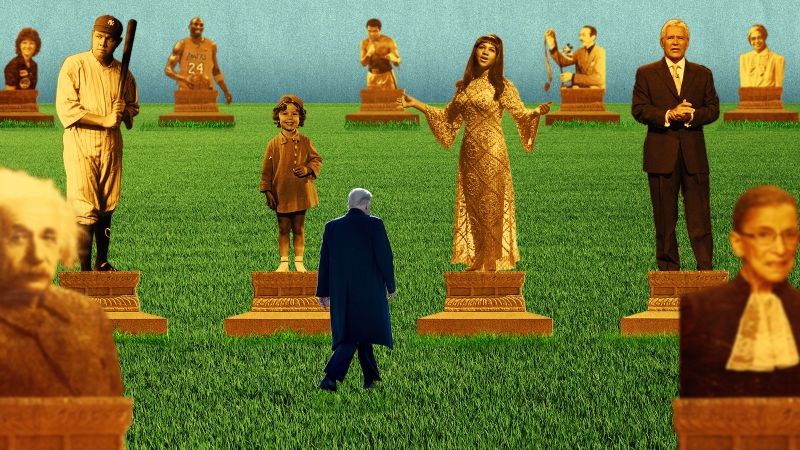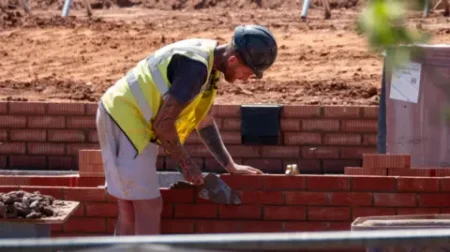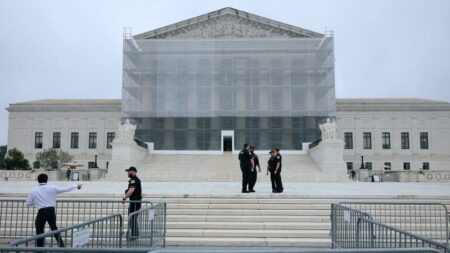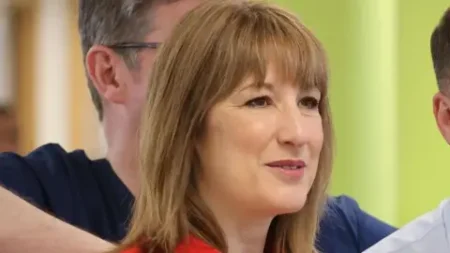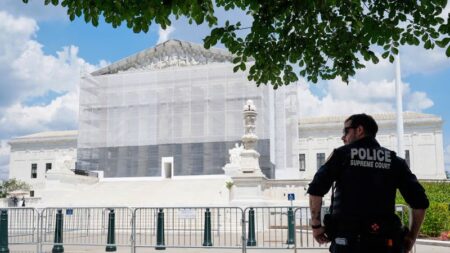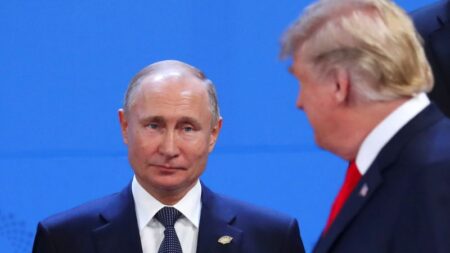In the backdrop of Mount Rushmore, Donald Trump took to the stage to deliver a passionate speech, criticizing his political rivals for what he described as a “merciless campaign” against the foundational values, heroes, and culture that underscore American greatness. This bold declaration occurred in 2020, where the then-45th president committed to creating a monument that would celebrate the “giants of our past,” aiming to include representations of the “greatest Americans to ever live.”
The ambitious vision quickly materialized into the concept of a “National Garden of American Heroes.” This grand sculpture park is intended to consist of 250 life-size statues honoring notable figures from American history, including icons like Kobe Bryant, Amelia Earhart, Abraham Lincoln, Muhammad Ali, Christopher Columbus, and Sally Ride. The proposed garden represents Trump’s drive to install new monuments within America’s cultural landscape.
Fast forward through two election cycles, a significant electoral defeat, and an executive order that initially faced revocation and subsequent reinstatement, artists are finally beginning the practical steps of the project. They are sketching 3D models, as various local jurisdictions compete to host the garden. Meanwhile, Congress appears prepared to allocate millions of taxpayer dollars to fund this artistic initiative.
As Trump embarks on this journey during his second term, the realization of this national sculpture garden, which he has been envisioning for five years, faces numerous uncertainties. Primary concerns include the project’s timeline, budget, potential locations, and the response from the art community. As it stands, there are doubts regarding whether the garden will meet the expected standards of quality and engagement ahead of its debut planned for the United States’ 250th anniversary in July 2026.
Further complicating matters, the president’s initiative has been met with skepticism. “No one wants an outdoor Madame Tussauds museum,” remarked Justin Shubow, the president of the National Civic Art Society, as he expressed hopes that steps are being taken to ensure that the garden features “beautiful, inspiring works of art.” Memories of Mount Rushmore – an iconic monument that took over ten years to complete and was riddled with controversy— linger, raising questions about whether Trump’s endeavor can achieve a similar lasting impact.
The project still requires meeting serious and lofty artistic standards. In April, the National Endowment for the Humanities (NEH) called for artist submissions, laying out strict requirements for sculpture proposals. The NEH insisted that statues must be lifelike and made from classic materials like marble and bronze, with heights ranging from 6.5 feet to 8.5 feet. Artists faced tight deadlines and were expected to disclose debts, including any student loans and tax obligations.
Those selected for the project will have until June 2026 to deliver their sculptures, working with a modest budget of $200,000 per statue. This timeline and financial framework have raised alarm among serious artists, with many anxious over the feasibility of producing quality work under such constraints. Experts highlight that creating art of this nature usually requires significant time investment and substantial budgets, with some artists dissuaded from even participating due to the demanding nature of the project’s timeline.
Despite these challenges, the prospect of creating historical art has sparked interest among lesser-known artists, some of whom are hopeful that the project could launch their careers into the limelight. Paula Slater, an experienced sculptor who decided to participate, sent proposals featuring Native American ballerina Maria Tallchief and two historical figures, showcasing the potential diversity of the garden’s honorees.
As discussions surrounding the project continue, from the money and politics behind it to the actual logistics of execution, the growing momentum places a spotlight on the future of the National Garden of American Heroes. The garden’s location, likely to be near where Trump first unveiled his ambition, has suggested widespread optimism from state officials in South Dakota, with the governor actively pursuing the establishment of the project.
In summary, while the National Garden of American Heroes embodies an ambitious vision to commemorate outstanding figures in American history, the planning, execution, and overall reception of the project remain fraught with artistic, political, and logistical challenges that could ultimately shape its impact on American culture.





